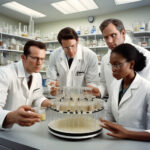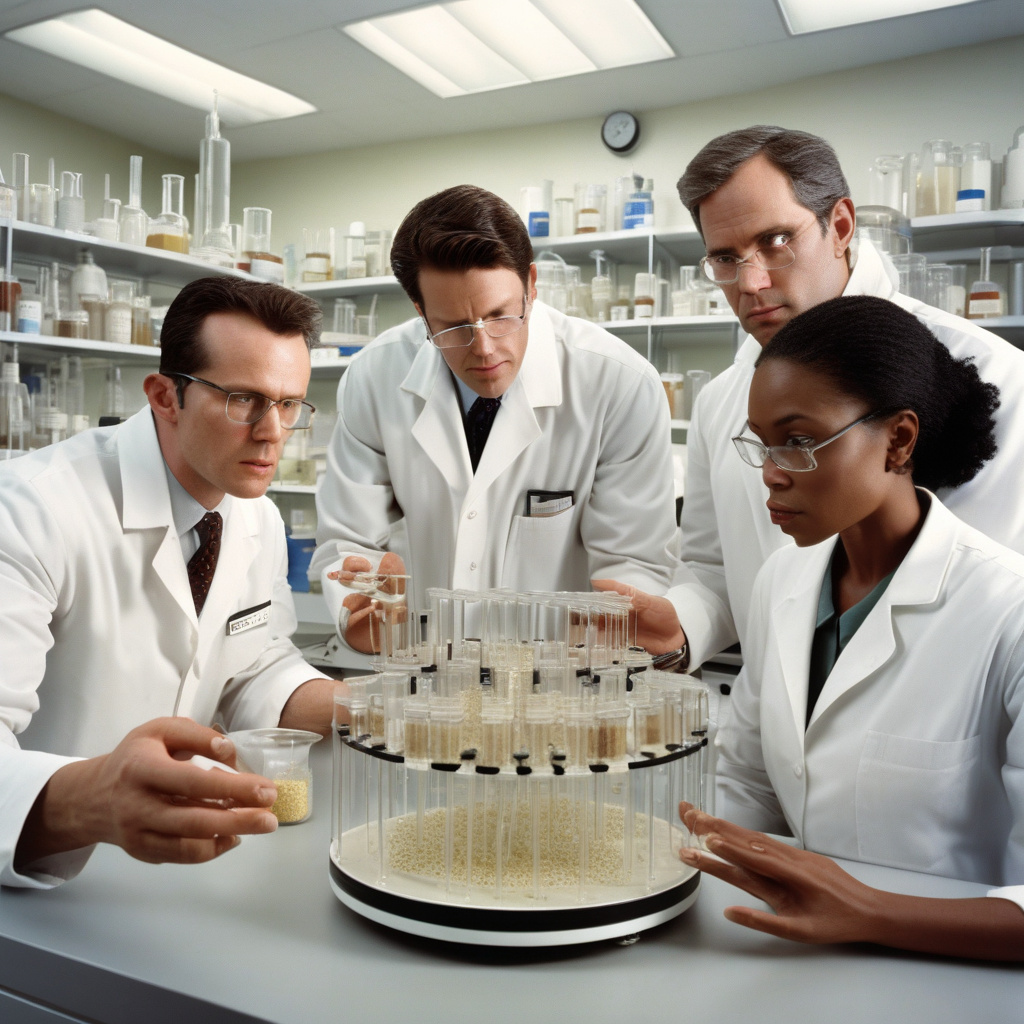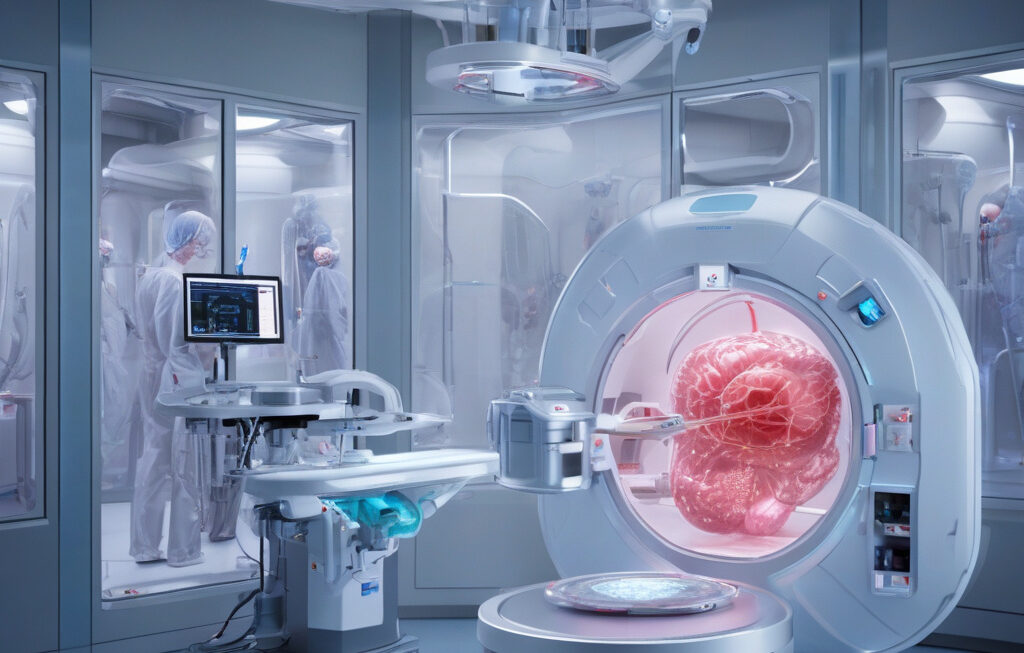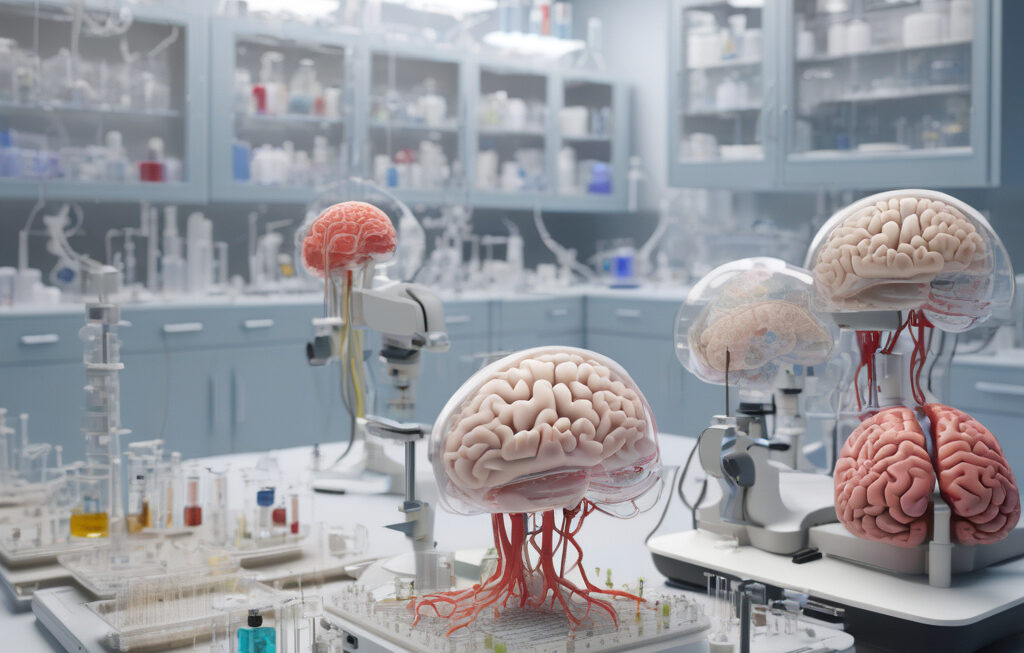Could Everyday Yeast Solve the Global Rare Earth Shortage? Scientists Believe So
Modern electronics are marvels of engineering, but behind every smartphone and laptop lies a growing concern: rare earth elements. These elements are integral to the production of electronic devices, serving crucial functions in batteries, magnets, and screens. However, the global supply of rare earth elements is limited, with many of these minerals being sourced from a few countries, leading to concerns about shortages and supply chain disruptions.
To address this challenge, scientists have been exploring alternative sources of rare earth elements, and an unlikely candidate has emerged: yeast. Yes, the same microorganism used in baking and brewing could hold the key to mitigating the rare earth shortage.
Yeast is a versatile microorganism that has been used for centuries in various fermentation processes. Scientists have now discovered that certain strains of yeast have the ability to extract rare earth elements from their environment and concentrate them within their cells. This presents a unique opportunity to harness yeast as a bio-accumulator for rare earth elements.
One of the main advantages of using yeast to extract rare earth elements is its scalability. Yeast can be easily grown in large quantities in bioreactors, providing a sustainable and cost-effective method for harvesting these valuable minerals. This could potentially reduce our dependence on traditional mining practices, which can be environmentally destructive and geopolitically sensitive.
In addition to its scalability, yeast offers a more environmentally friendly approach to rare earth extraction. Traditional mining and extraction processes are energy-intensive and can result in pollution and habitat destruction. By contrast, using yeast to recover rare earth elements is a bio-friendly process that generates minimal waste and has a lower environmental impact.
Furthermore, yeast-derived rare earth elements could potentially be used in a wide range of applications, including electronics, renewable energy technologies, and medical devices. This could diversify the global supply chain for rare earth elements and reduce the risk of shortages in key industries.
While the concept of using yeast to solve the rare earth shortage is still in the early stages of development, initial research results are promising. Scientists are actively studying different yeast strains to identify those with the highest affinity for rare earth elements and optimize the extraction process.
In conclusion, the idea of leveraging everyday yeast to address the global rare earth shortage represents a fascinating intersection of biotechnology, sustainability, and innovation. If successful, this approach could revolutionize the way we source and use rare earth elements, ensuring a stable and sustainable supply for the electronics of tomorrow.
#RareEarthElements, #YeastExtraction, #GlobalSupplyChain, #SustainableTechnology, #BioAccumulatorTechnology












